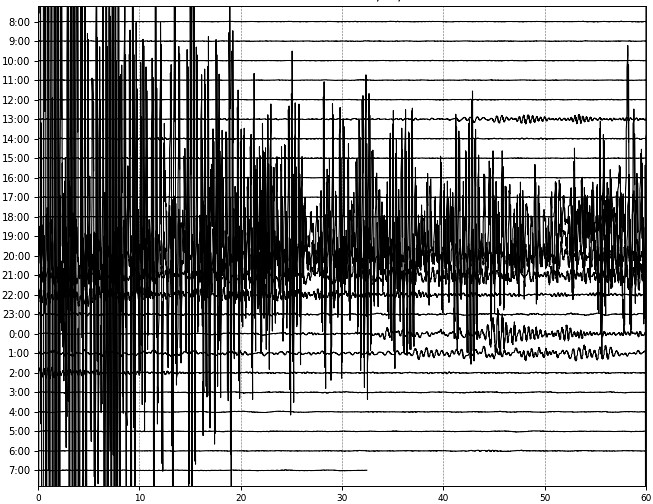- What Earth’s Magnetic Field Has to Do With Climate History - October 7, 2025
- The Science Behind Heat Domes and Their Growing Impact - October 7, 2025
- What Ancient Lake Beds Teach Us About Past Rainfall Patterns - October 6, 2025
A Powerful Earthquake Hits Kamchatka
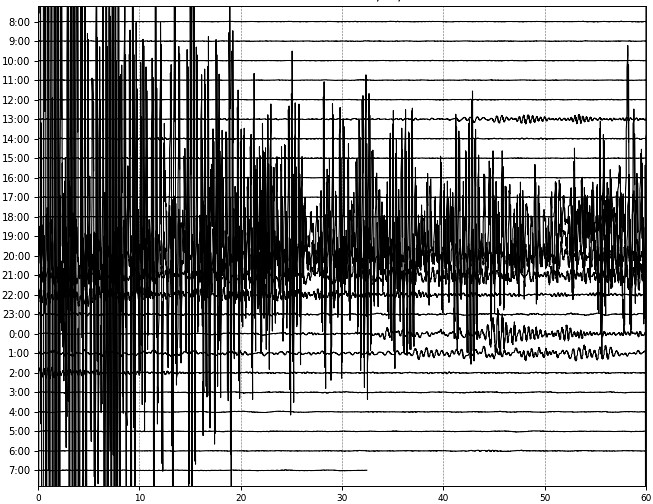
A massive magnitude 8.8 earthquake struck off Russia’s Kamchatka Peninsula last week. The tremor was so strong that it caused significant geological activity across the region.
Seven Volcanoes Become Active
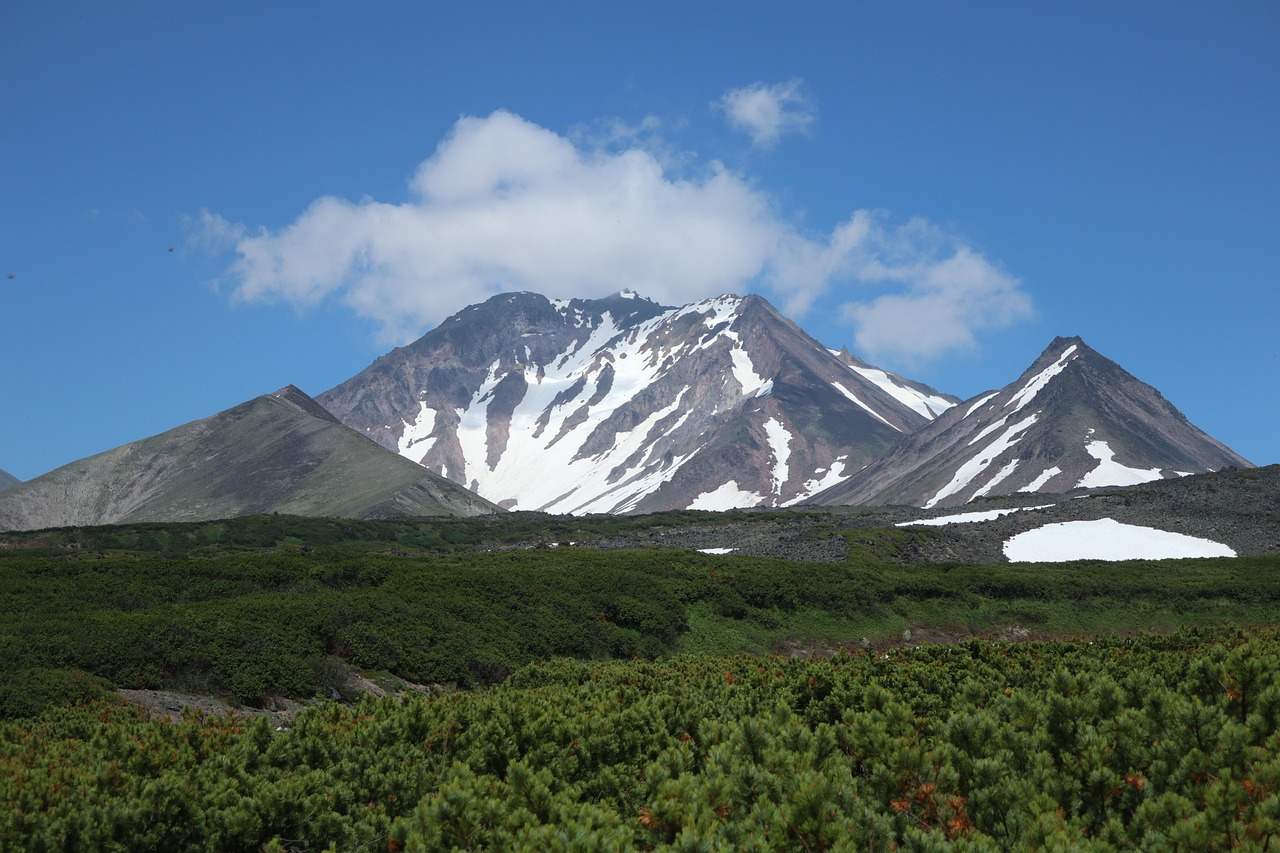
The Institute of Volcanology and Seismology reported that this earthquake triggered the activity of seven volcanoes in Kamchatka. Scientists say it’s the first time in almost 300 years that so many volcanoes have erupted together in this area.
An Extremely Rare Event
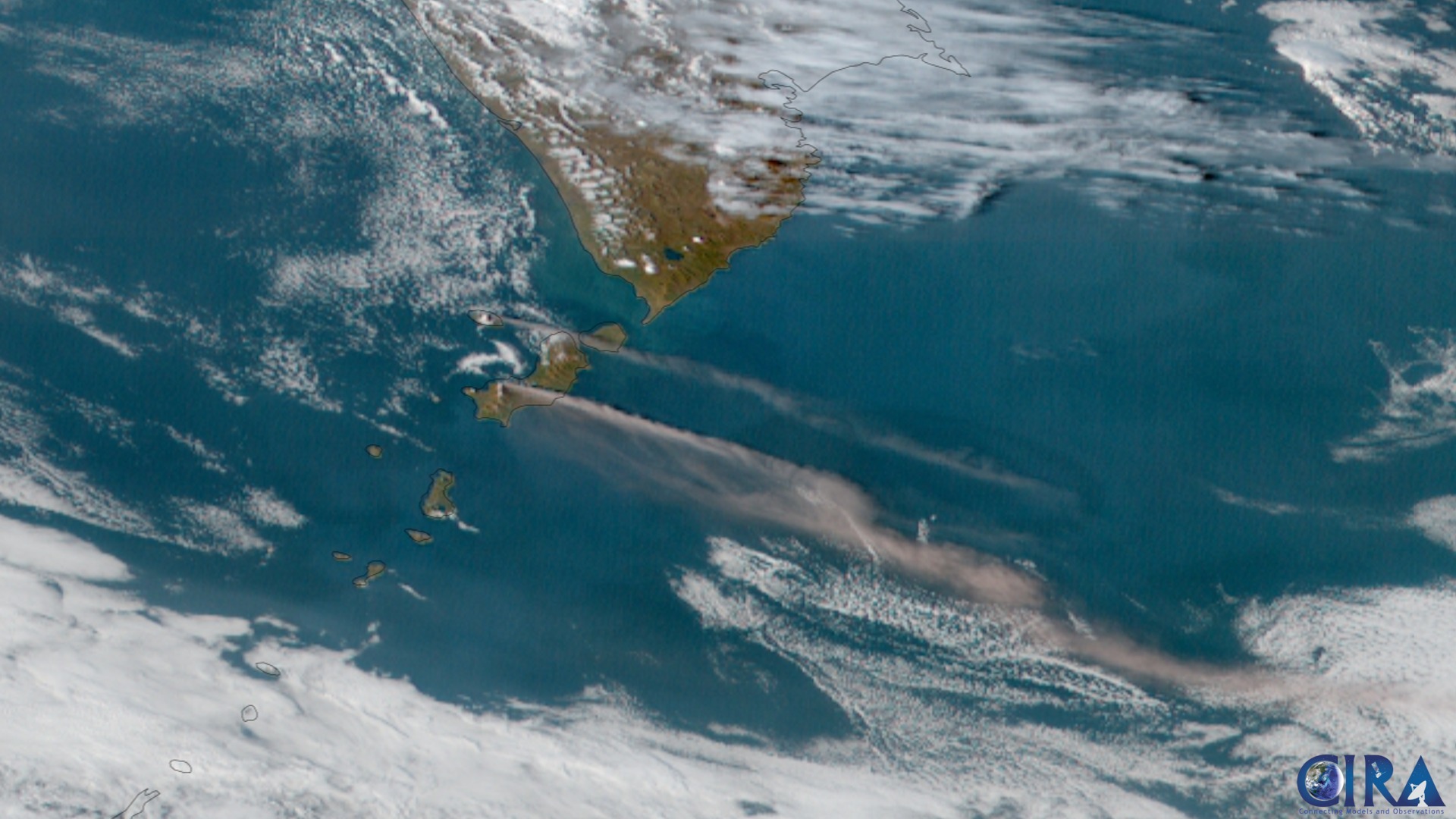
Institute director Alexey Ozerov called this an “extremely rare phenomenon,” describing it as a parade of volcanic eruptions, a sight not seen for centuries.
Aftershocks Follow the Main Quake
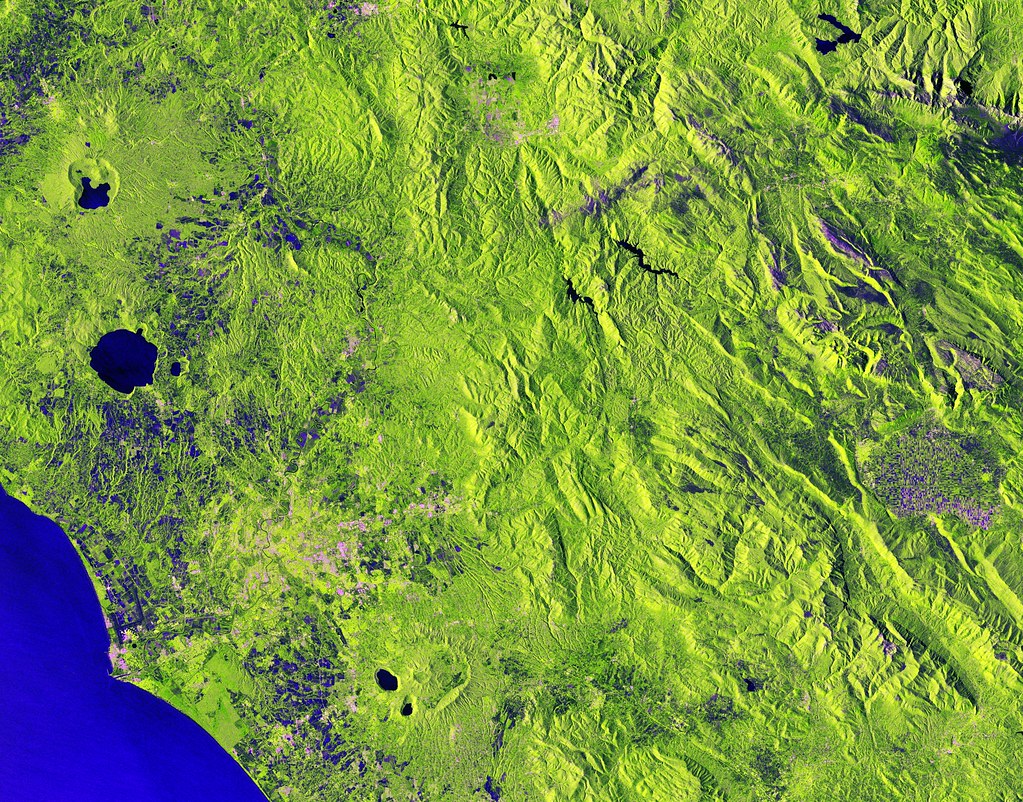
After the main earthquake on July 29, several aftershocks occurred. One of the largest was a magnitude 6 aftershock in the Pacific Ocean near Kamchatka, recorded early the following Tuesday.
Iconic Volcanoes Spew Ash
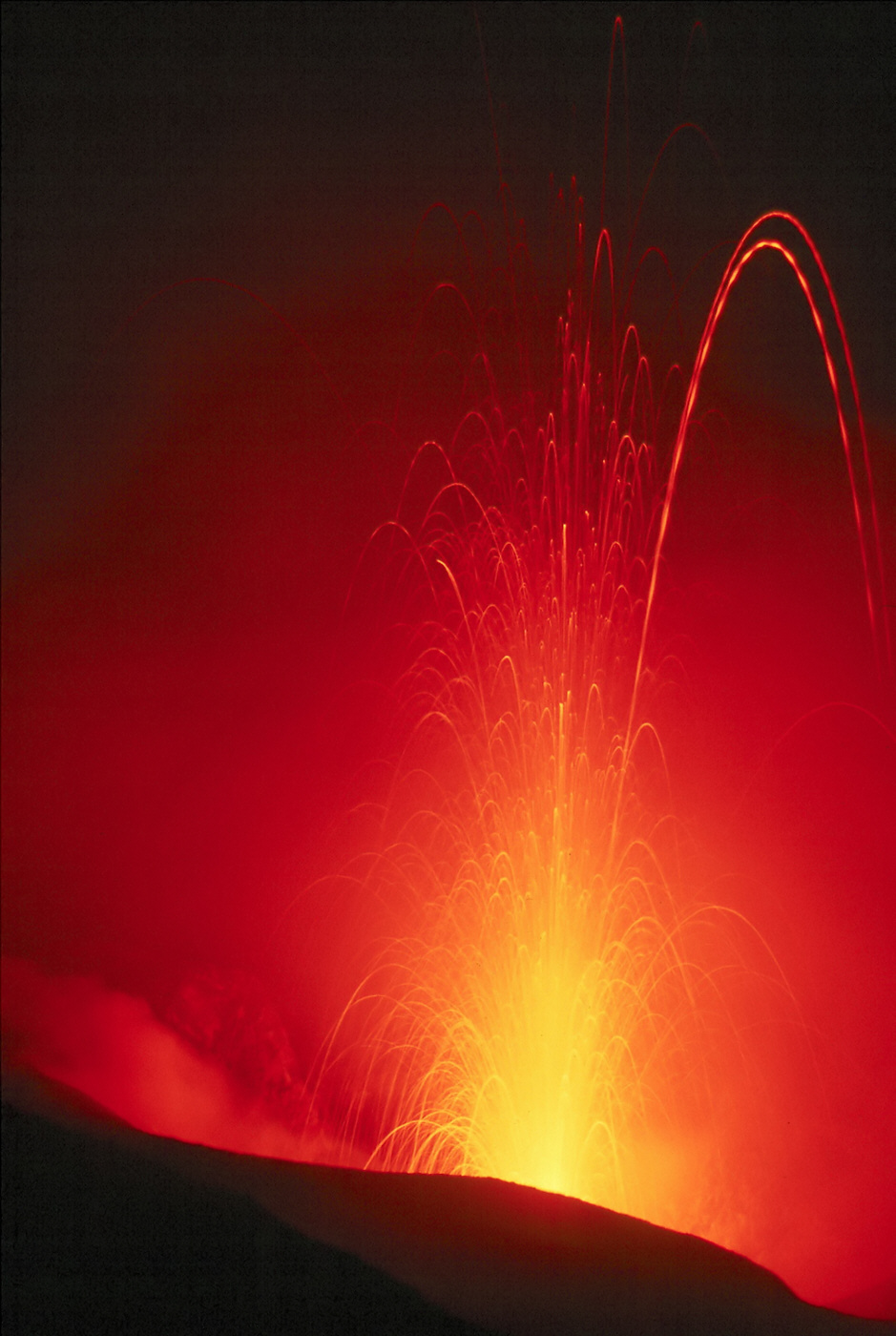
Among the erupting volcanoes is the well-known Klyuchevskoy Volcano, which was seen sending ash high into the sky. Reports show other volcanoes in the region have also become active.
The Peninsula Shifts Position
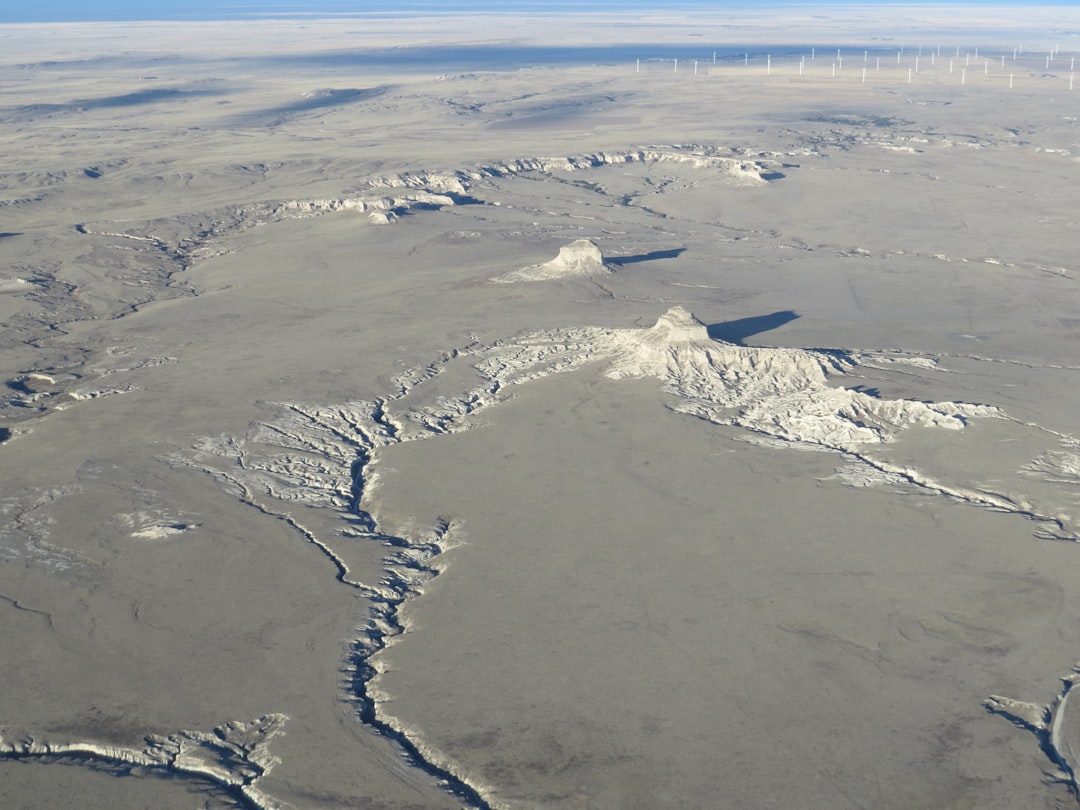
The earthquake caused the southern part of the Kamchatka Peninsula to move southeast. Experts say the greatest shift, nearly two meters, happened in the south—similar to movement seen after Japan’s 2011 earthquake.
Krasheninnikov Volcano’s First Lava in Centuries
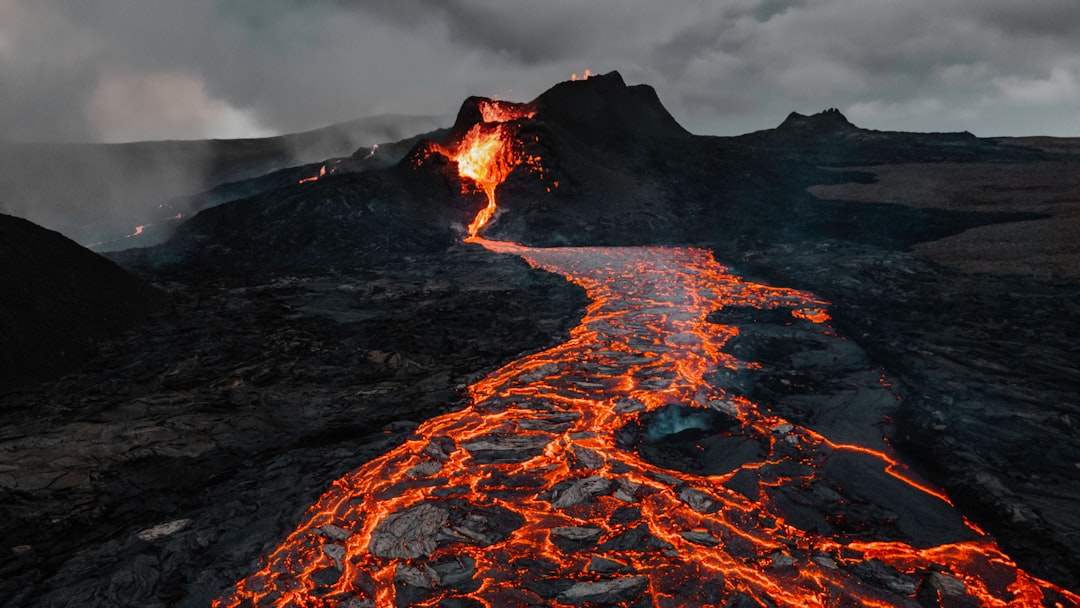
The Krasheninnikov Volcano erupted with lava flow for the first time since 1463, nearly 600 years ago. This activity began just days after the major earthquake.
Scientists Link Quake and Eruptions
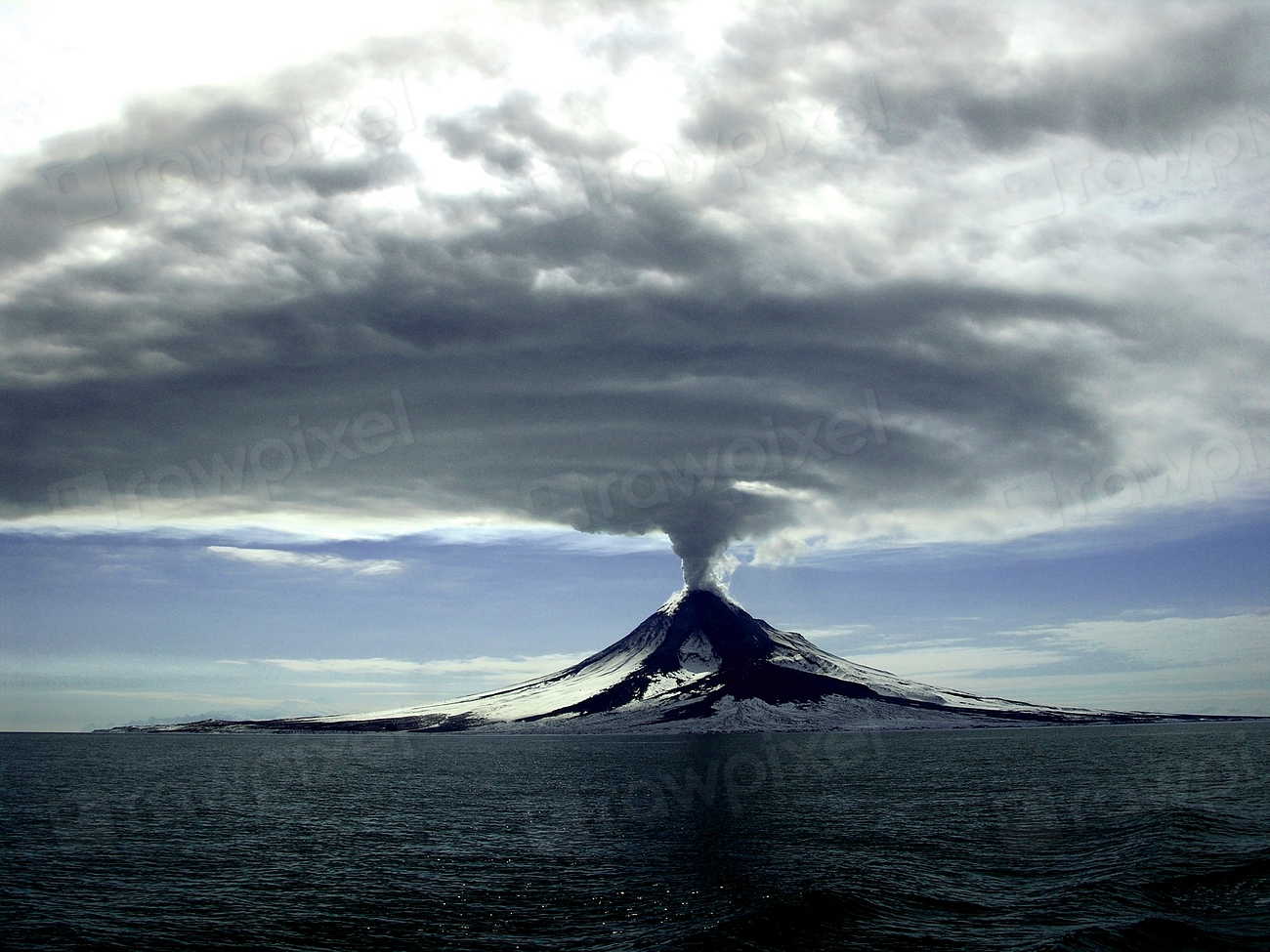
Seismologists confirm there is a direct connection between the powerful earthquake and the volcanic eruptions. The earthquake is believed to have activated underground magma, fueling the eruptions.
Widespread Warnings and Safety Measures
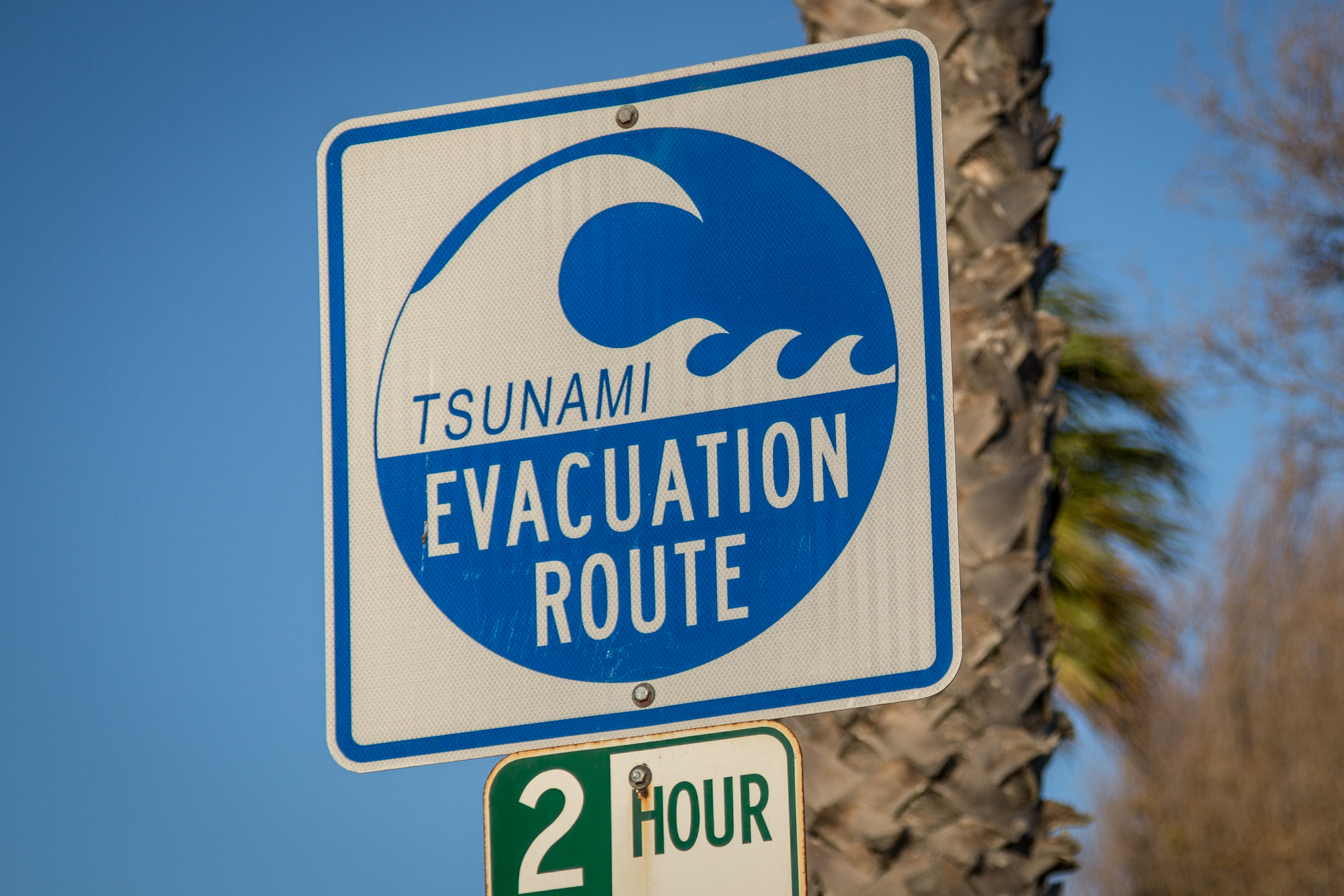
The earthquake was one of the most powerful in modern times and triggered tsunami warnings from Japan to Hawaii and the U.S. West Coast. Evacuations were ordered for personnel in areas closest to the eruptions, though there are no settlements or tourist groups in the ash plume’s path.
Kamchatka’s Volcanic Legacy Continues
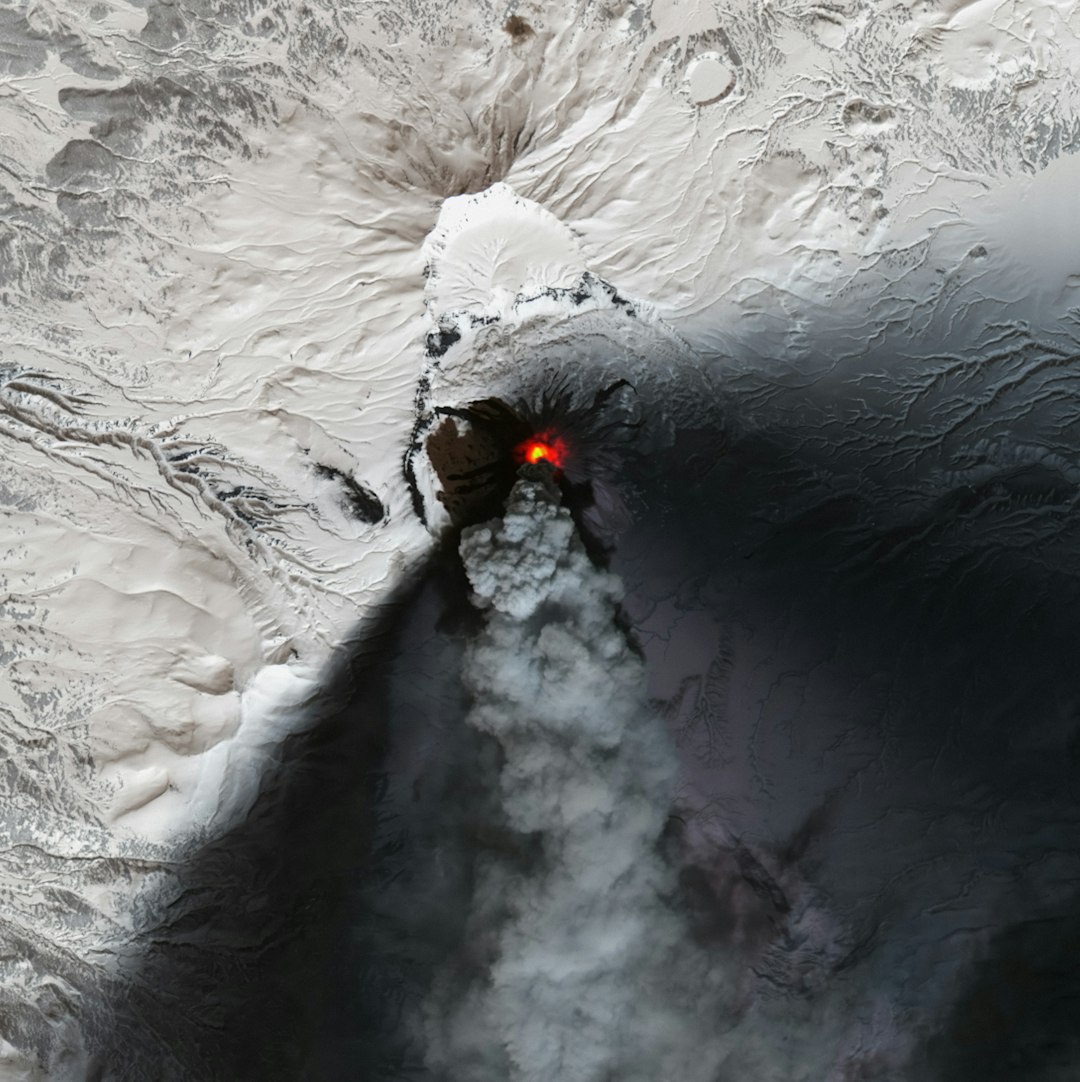
Volcanic eruptions are common on the Kamchatka Peninsula, home to 29 active volcanoes. According to experts, three previously dormant volcanoes began erupting after the earthquake, reminding the world of Kamchatka’s unique and volatile geology.

